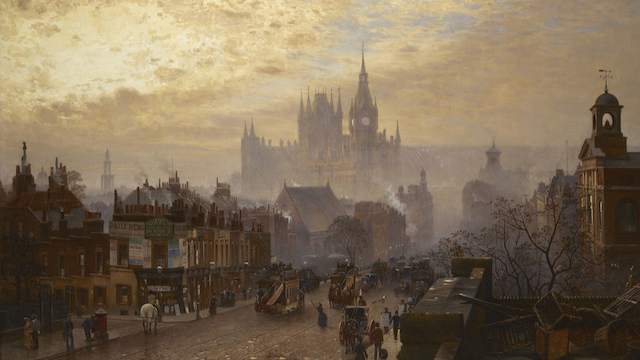 Dead Man’s Land
Dead Man’s Land
by Robert Ryan, JHWS “Caesar”
Published by Simon & Schuster
Available from Amazon UK 12 pounds
Deep in the trenches of Flanders Fields, men are dying in their thousands every day. So one more death shouldn’t be a surprise. But then a body turns up with bizarre injuries, and Sherlock Holmes’ former sidekick Dr John Watson – unable to fight for his country due to injury but able to serve it through his medical expertise – finds his suspicions raised. The face has a blue-ish tinge, the jaw is clamped shut in a terrible rictus and the eyes are almost popping out of his head, as if the man had seen unimaginable horror. Something is terribly wrong. But this is just the beginning. Soon more bodies appear, and Watson must discover who is the killer in the trenches. Who can he trust? Who is the enemy? And can he find the perpetrator before he kills again? Surrounded by unimaginable carnage, amidst a conflict that’s ripping the world apart, Watson must for once step out of the shadows and into the limelight if he’s to solve the mystery behind the inexplicable deaths.
Reviews
As author Robert Ryan explained in a short essay for Crime Time, “Dead Man’s Land” was not originally his idea. His publisher was shopping around for “a work of fiction featuring a ‘detective in the trenches of World War I,’” and Ryan came up with a splendid solution: Why not send Dr. John H. Watson, of Sherlock Holmes fame, to the front lines in France, where he’d find himself involved in a homicide investigation? Of course, Watson would’ve been fairly old in 1918, when the action here takes place (in his mid-60s, by most reckonings).
That, however, proved to be a surmountable problem. In “Dead Man’s Land,” we find Watson – who, after all, was a battlefield surgeon before becoming the chronicler of a crime-solver’s escapades–in Flanders Fields as a major with the Royal Army Medical Corps, and “an expert in the new techniques of blood transfusion.”
He becomes grudgingly accustomed to the quotidian deaths of thousands of soldiers, the persistent bomb barrages, the pressures that weigh heavily upon physicians and nurses under such circumstances, and the appalling atmosphere of the trenches (“black tar from lamp wicks, the constant cigarettes, not to mention the tang of rat piss and the sour smell of unwashed clothes”).
Yet, when a sergeant suddenly perishes of an elusive ailment that turns his skin blue and his hands into claws, the horrific routines of war are upset. Blame is cast initially upon Watson’s blood transfusions; but when other, similar deaths are discovered, the old man’s sublimated sleuthing sensitivities are aroused, and his pursuit of a murderer with old grudges to exercise draws him into a deadly confrontation that must finally be settled in the worst possible place: the bleak no-man’s-land between the opposing armies.
Ryan’s portrayal of battlefield conditions is thorough and captivating, his cast of suspects sufficiently well drawn to have fooled me, and his capturing of Holmes’ associate faithful enough to have won the backing of Arthur Conan Doyle’s estate. The author has left himself room to write a sequel. I hope he will do just that.
-J. Kingston Pierce
